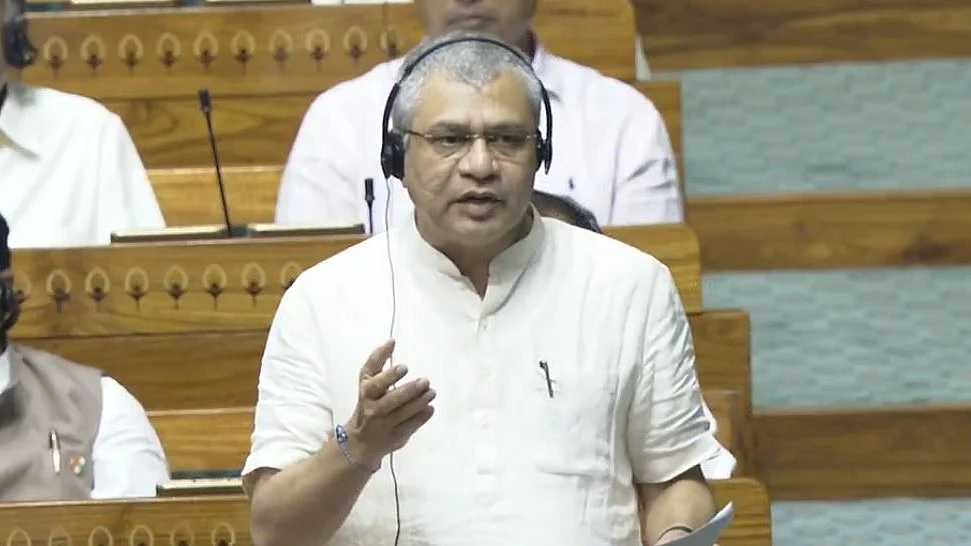Ahmedabad: Seconds after take-off from Ahmedabad airport at around 1:30 PM, Air India’s London-bound flight AI171 plunged to the ground, erupting into flames as it struck a hostel building for doctors on Thursday, June 12.
The crash left a devastating trail of destruction, with lives lost both inside the aircraft and on the ground. As per official data, 241 of the 242 passengers aboard have died and reports suggest that more than 60 were severely injured on ground.
Here's a video of the exact moment when the plane crashed:
As investigators comb through the charred wreckage, their most critical lead may come from a rugged, orange-coloured device known as the black box.
What Is a Black Box, and What Does It Record?
Despite its name, the black box is usually bright orange, designed for high visibility in wreckage. It’s not a single device but consists of two crucial components, the Cockpit Voice Recorder (CVR) and the Flight Data Recorder (FDR).

X/@pmfias
The CVR captures pilot communications, radio transmissions, alarms, and engine sounds. According to the US National Transportation Safety Board (NTSB), these audio cues can be telling, as investigators often pay close attention to engine noise, stall warnings, and other clicks and pops. Each sound helps reconstruct what went wrong in the cockpit.
On the other hand, the FDR is essentially the plane’s digital memory. It stores at least 88 flight parameters, including altitude, speed, and heading, and in more advanced aircraft, over 1,000 indicators, from flap positions to smoke alarm status. Together, they allow investigators to recreate the aircraft’s final moments through animations and charts.

X/@pmfias
Why It Survives and Why It Sometimes Doesn’t
Black boxes are engineered to endure the unthinkable. Encased in titanium or stainless steel, they can withstand intense impact, fires up to 1,100°C, and deep-sea pressures up to 14,000 feet. Typically installed in the tail, where damage is often least severe, their beacon activates on water impact, emitting locator signals.
But even this high-tech device is not infallible. In rare cases, like the Malaysia Airlines MH370 disappearance, black box signals were never recovered. And in a Jeju Air crash cited by the NTSB, “crucial data from the last few minutes of the flight was wiped out,” highlighting the limitations investigators occasionally face.
India now has a cutting-edge lab in Delhi capable of decoding damaged CVRs and FDRs. This facility, run by the Aircraft Accident Investigation Bureau, is expected to play a pivotal role in analysing data from the ill-fated AI-171.








